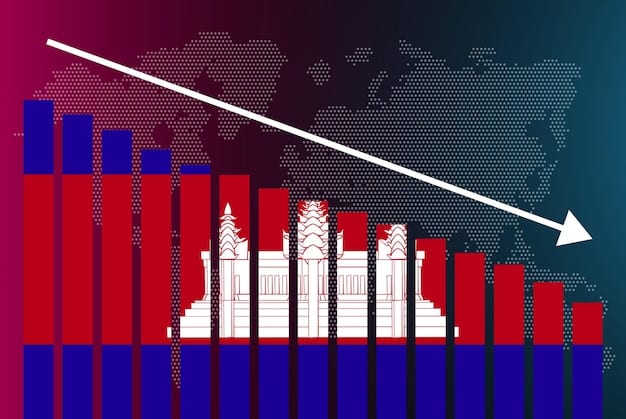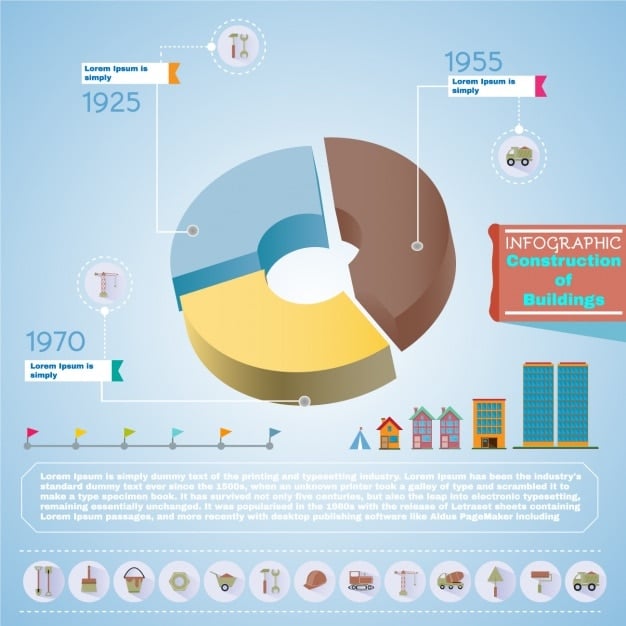Rising National Debt: How It Impacts Future Spending & Policy

The rising national debt can significantly constrain future government spending and shift policy priorities, potentially leading to cuts in social programs, increased taxes, and altered approaches to national security and economic stimulus.
The inexorable rise of the national debt casts a long shadow over America’s future. Understanding how the rising national debt will affect future government spending and policy priorities is crucial for every citizen, as it impacts everything from social security to national defense. Let’s explore this complex issue and its potential ramifications.
Understanding the Trajectory of National Debt
The national debt is the accumulation of past government borrowing, representing the total amount of money the U.S. federal government owes to its creditors. Understanding its trajectory requires examining historical trends, recent increases, and projections for the future. Let’s begin to unpick some details.
Historical Trends in National Debt
Historically, the national debt has fluctuated due to wars, economic recessions, and policy changes. Significant increases occurred during the Civil War, World War II, and the recent COVID-19 pandemic, reflecting extraordinary government expenditures to address national crises.
- Early Years: Debt was relatively low until major conflicts necessitated increased borrowing.
- Post-World War II: Debt declined as a percentage of GDP due to strong economic growth.
- Recent Decades: Debt has risen sharply due to factors like tax cuts, increased entitlement spending, and economic downturns.

Recent Increases and Contributing Factors
In recent years, the national debt has surged, driven by a combination of factors. These include increased spending on mandatory programs such as Social Security and Medicare, discretionary spending on defense and other areas, and tax cuts that have reduced government revenue.
The COVID-19 pandemic further exacerbated the debt, as the government implemented massive stimulus packages to support the economy and provide relief to individuals and businesses.

Potential Impacts on Government Spending
A rising national debt can significantly impact future government spending. As debt levels increase, a larger portion of the federal budget must be allocated to interest payments, potentially crowding out other essential programs and services.
Cuts to Discretionary Spending
One potential consequence of a high national debt is cuts to discretionary spending. This category includes funding for education, infrastructure, scientific research, and other areas that are not mandated by law. A larger debt burden could force policymakers to make difficult choices, reducing investments in these critical areas.
| Key Point | Brief Description |
|---|---|
| 📉 Debt Trajectory | Rising due to wars, recessions, and policy changes. |
| 💰 Spending Cuts | Potential reductions in discretionary and mandatory spending. |
| 📈 Tax Hikes | Possible increases to boost government revenue. |
| ⚖️ Policy Shifts | Changes in economic and social policies to address debt impacts. |
FAQ
As of 2024, the US national debt is over $34 trillion and continues to grow. This figure includes debt held by the public and intragovernmental holdings.
A high national debt can put upward pressure on interest rates as the government borrows more money, potentially making borrowing more expensive for consumers and businesses.
Long-term consequences include reduced economic growth, decreased investment, higher inflation, and a potential financial crisis if investors lose confidence in the government’s ability to repay its debts.
Yes, the US can reduce its national debt through a combination of spending cuts, tax increases, and policies that promote economic growth, leading to higher tax revenues.
A rising national debt can threaten the long-term solvency of Social Security and Medicare, potentially leading to benefit cuts or increases in payroll taxes to sustain these vital programs.
Conclusion
The rising national debt presents significant challenges for the future of government spending and policy priorities in the U.S. Addressing this issue requires careful consideration of fiscal policies, economic reforms, and strategic planning to ensure a sustainable and prosperous future for all Americans.





